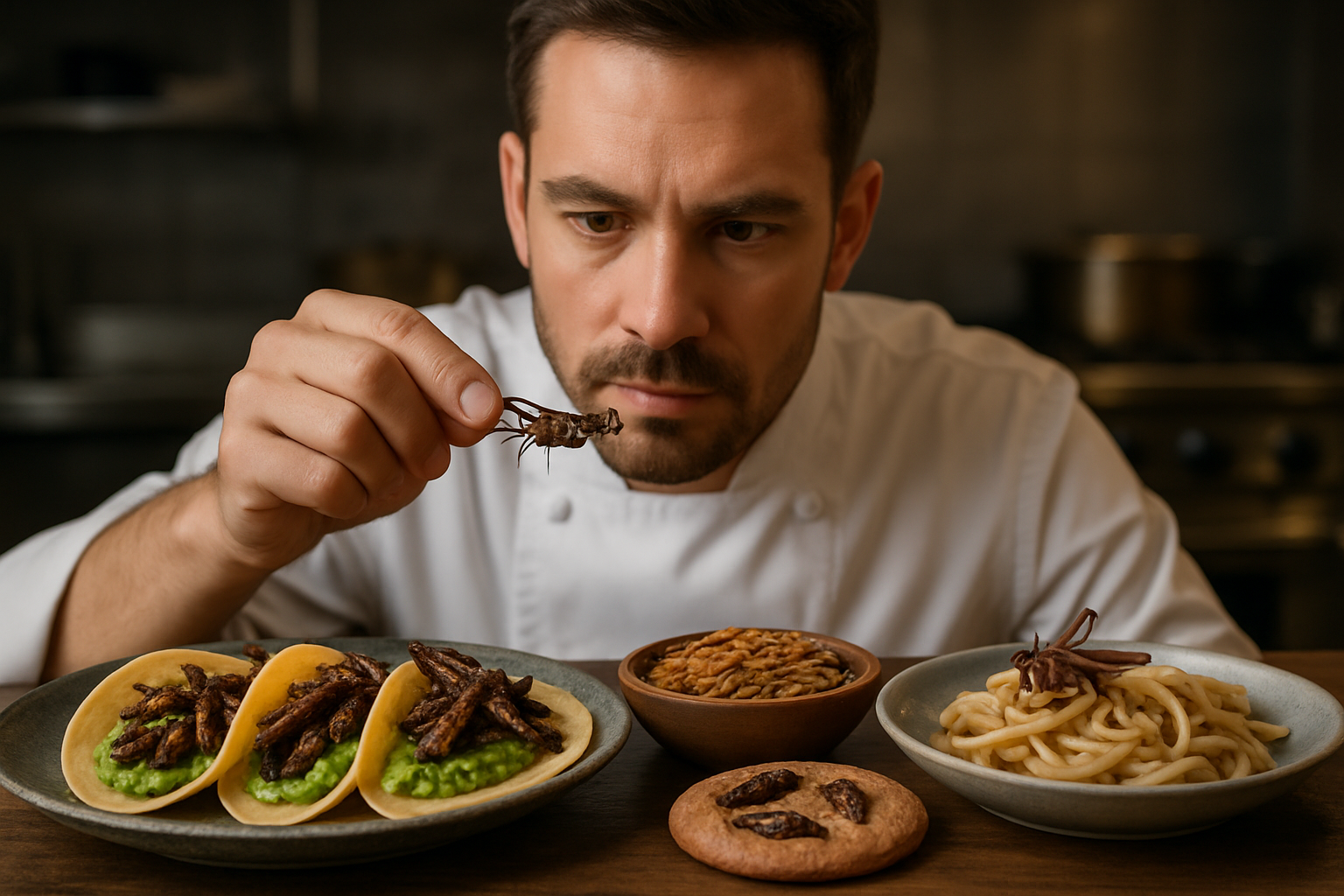Kitchen techniques to elevate everyday recipes
Simple adjustments to technique can transform routine meals into memorable experiences. This article outlines practical, science-informed kitchen methods — from mise en place to controlled heat and seasoning — that home cooks can apply to improve texture, depth of flavor, and nutritional balance across everyday recipes.

Small changes in how you handle ingredients and apply heat make a big difference in everyday cooking. Start with clarity about why a technique matters: caramelization builds flavor, resting preserves juices, and acid brightens a dish. This article offers practical, evidence-based approaches to common culinary challenges so you can get more consistent results without complicated tools or rare ingredients.
How can culinary techniques improve recipes?
Culinary technique is less about flair and more about control: knife skills speed prep and ensure even cooking; layered seasoning enhances complexity; and temperature control prevents overcooking. For example, searing proteins at high heat develops Maillard reaction flavors that deepen sauces later. Using mise en place—organizing ingredients and equipment beforehand—reduces mistakes and improves timing, especially when multiple elements must come together. Reheating and resting items appropriately preserves texture and moisture, while correct emulsification keeps dressings and sauces stable. Learning a handful of repeatable techniques pays off across many recipes.
How do ingredients and sourcing change flavors?
Ingredients vary in freshness and provenance, and those differences affect taste and texture. Fresh herbs and citrus zests deliver volatile aromatics that dried substitutions can’t fully replicate, while seasonal produce tends to have higher sugar and flavor concentration. Sourcing choices also tie to sustainability: opting for regionally grown produce reduces transit time and often improves flavor. Understanding basic selection—smelling tomatoes, testing firmness of fruit, choosing fish with a clean scent—helps you start with the best raw material. Small selection steps translate into less need for heavy seasoning and more nuanced final dishes.
What is the role of fermentation in gastronomy?
Fermentation transforms ingredients, creating new flavors and improving preservation. Simple projects—yogurt, sourdough starter, quick pickles, or a batch of kimchi—introduce acidity and umami that can elevate dressings, sandwiches, and stews. Fermented condiments act as concentrated flavor boosters, adding complexity without increasing fat or sodium. From a nutrition perspective, some fermented foods contribute beneficial microbes and enhanced bioavailability of nutrients, though effects vary by product. Incorporating small amounts of fermented elements into everyday recipes is a cost-effective way to deepen flavor and diversify textures.
How to balance flavors and nutrition in dishes?
Balancing sweet, salty, sour, bitter, and umami creates satisfying dishes that don’t rely on excess fat or salt. Start with seasoning in stages: season early so flavors develop, then finish with a bright acid or fresh herb to lift the dish. Swap heavy creams for emulsified nut purees or blended beans to maintain mouthfeel with more fiber and protein. Roasting vegetables concentrates natural sugars and enhances umami, offering satisfying textures without added calories. Keep portion sizes and plate composition in mind to align sensory satisfaction with nutritional goals, aiming for variety of colors and textures.
How can mixology enhance beverages and dining?
Mixology principles apply to non-alcoholic beverages and plating pairings as well. Balance sweetness, acidity, bitterness, and aromatic components when crafting drinks to complement food. Simple syrup, infused syrups, tinctures from herbs, and clarified juices expand options without complex equipment. Temperature and glassware influence perception: chilled citrus-forward beverages brighten fatty dishes, while warmer spiced drinks complement roasted foods. Non-alcoholic shrub syrups and herbal infusions act as bridge flavors between courses, improving the dining experience by echoing or contrasting key ingredients on the plate.
How to apply sustainability in kitchen practice?
Sustainability begins with mindful sourcing and extends to reducing waste. Use whole-ingredient cooking: save vegetable trimmings for stocks, transform stale bread into croutons or panzanella, and repurpose roast bones for broth. Prioritize seasonal produce and buy only what you’ll use within its prime window to limit spoilage. Minimize single-use packaging and explore bulk purchases where practical. Cooking techniques that maximize yield—low-and-slow braises, efficient roasting, and careful portioning—stretch ingredients and reduce cost while improving texture and flavor. Small sustainability habits compound into meaningful reductions in waste.
This set of techniques—proper heat control, organized prep, smart sourcing, fermentation, balanced flavoring, and sustainable practices—offers practical ways to elevate everyday recipes. Applying them consistently helps home cooks achieve better texture, deeper flavor, and more nutritious results without requiring specialized equipment or rare ingredients.





